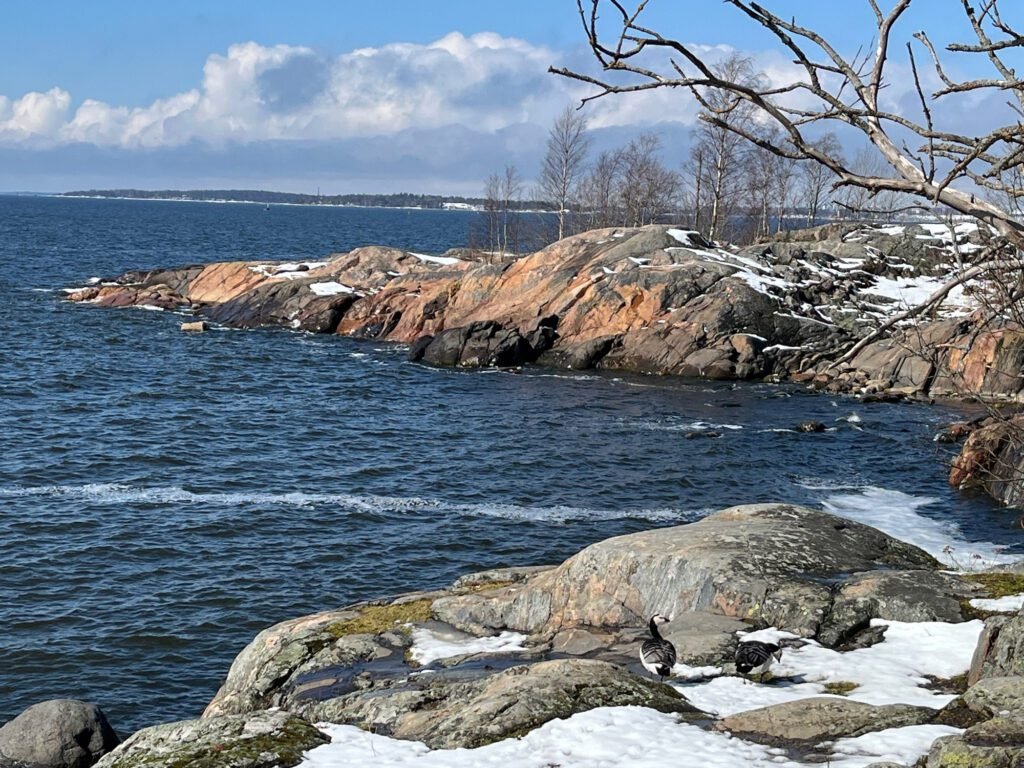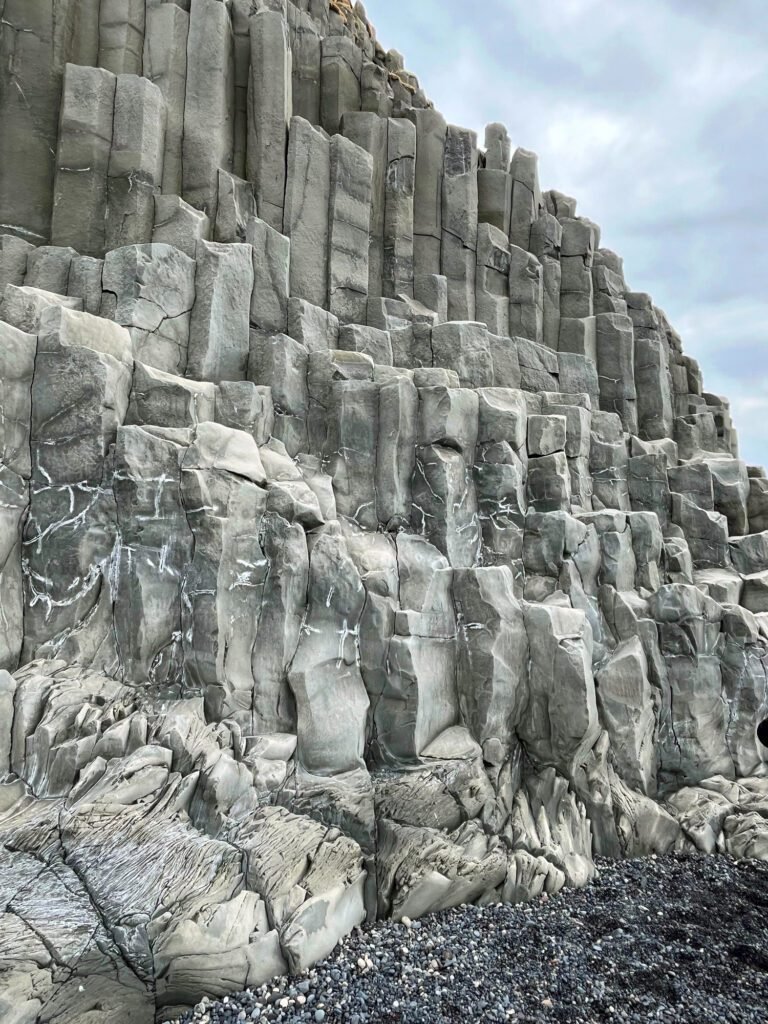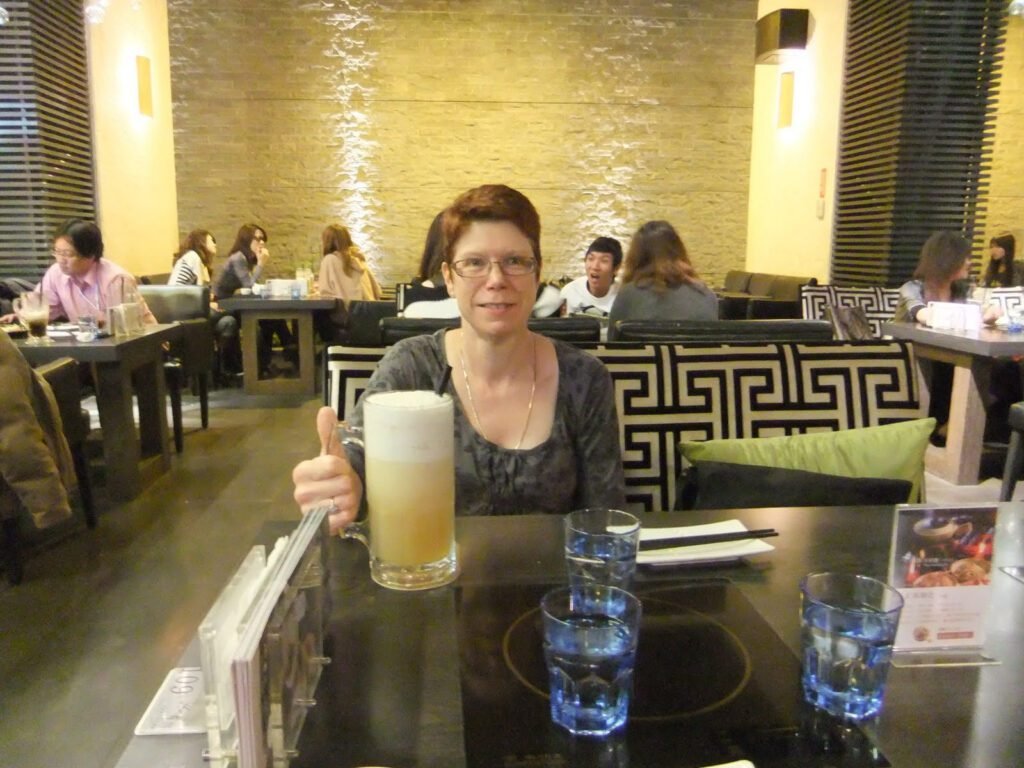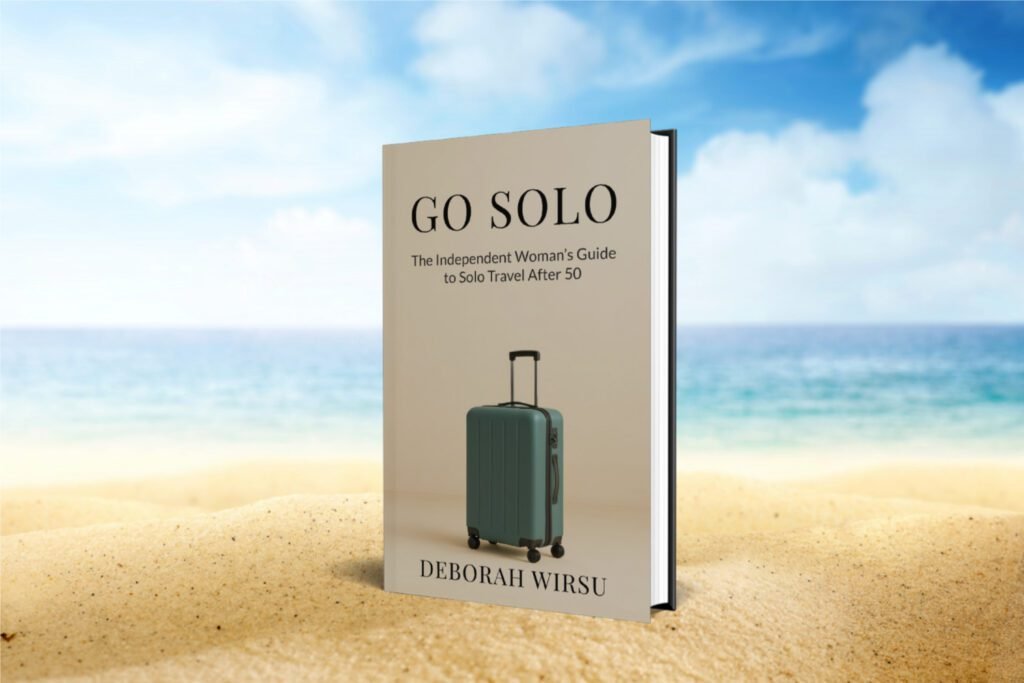Because we have nothing to prove — and everything to enjoy.
There comes a point in life — somewhere between your third travel adaptor and the realisation that quality walking shoes are worth every cent — when you stop needing to prove anything. You’ve spent years showing up, holding it all together, doing what needed to be done. The real adventure now lies in doing what feels right, not what looks impressive.
You’re not in it for the photo ops or the adrenaline rush. You’re in it for something quieter. More honest. More ‘you’.
Welcome to the world of soft adventure: less about risk, more about flow. The kind of travel that doesn’t need to be Instagram-worthy to be worthwhile. Just a glass raised in quiet satisfaction at the end of an enjoyable day.
- What Is "Soft Adventure", Anyway?
- Choosing Pace Over Proving a Point
- The Joy of the Well-Earned Drink
- When Slower Becomes Deeper
- Adventure Is Still Possible — It Just Looks Different Now
- Permission to Redefine
- Related Posts
What Is “Soft Adventure”, Anyway?
Despite how it sounds, soft adventure isn’t a watered-down version of active or exciting travel — it’s a reimagined one. It’s about seeking meaningful, exciting experiences that don’t require a waiver form or a GoPro helmet mount.
Soft adventure might look like a day spent wandering through a foreign city without a fixed plan. Or hopping on a local ferry to a nearby island, exploring the area on foot; or tasting unfamiliar dishes at a neighbourhood café. It could be an entire morning happily lost in a row of independent bookshops or artisan stores.

Or joining a low-key day tour to somewhere a little out of reach, giving your feet (and your planning brain) a rest while someone else drives and tells you stories — myth, history, or both. These excursions are the perfect complement to days spent exploring on your own: structured without being rigid, informative without being overwhelming.
Soft Adventure vs Slow Travel
Soft adventure shares a kinship with slow travel. Both favour presence over pressure, curiosity over checklists, and time to absorb rather than race through.
But where slow travel often means staying longer in one place, soft adventure is less about duration and more about approach. It’s how you move through a place — attentively, with a willingness to be surprised, and without feeling the need to conquer it.
What defines it isn’t adrenaline. It asks more of you in different ways: Exploring with curiosity. Engagement. The joy of little discoveries. The courage to move through the world without rushing — or performing.
And occasionally, to exercise extreme patience.
I remember visiting the famous black sand beach at Reynisfjara, near the small town of Vík, on Iceland’s south coast. It’s a dramatic place, known for its magnificent basalt columns and unpredictable ‘sneaker’ waves. I wanted to photograph the cliffs — contemplating the awesome power of ancient volcanoes — but had to wait (and wait) as a steady procession of women in hot-pink jackets and flowing dresses staged one photo shoot after another, clambering over those stunning, ancient rock formations.
Eventually, they moved away, and I got my shot. A small triumph. And I can’t lie — I secretly hoped they were freezing in the bitterly cold wind! I wondered if they knew how ridiculous they looked, contorting themselves in front of something arguably more awesome than they will ever be — all for a few ‘likes’.

Choosing Pace Over Proving a Point
One of the great freedoms of midlife is realising you don’t have to keep up anymore — not with the 25-year-olds, not with the guidebooks, and certainly not with anyone else’s checklist.
There’s definitely something deeply satisfying about saying ‘No’ to the relentless pace of sightseeing. You begin to notice what your body and your mood are asking for. Maybe you skip the full-day bus tour and spend a morning wandering the local markets instead. Maybe you linger longer in a quiet museum coffee shop, or decide to head back to your accommodation early, just because you feel like resting.
But soft adventure doesn’t necessarily mean slow or sedentary. It might just as easily be a full day of hiking a coastal trail, paddling a kayak across still water, or climbing a volcano before dawn to watch the sun rise, as I did in Bali. The difference is that you’re not doing it to prove anything.
You’re doing it because it calls to you — because it’s rewarding or interesting, or just quietly exhilarating.
This isn’t laziness, and it isn’t bravado. It’s discernment. You begin to understand that you don’t need to “maximise every moment” to have a fulfilling experience. Sometimes, the best parts of a trip aren’t the major sights — they happen during the in-between: a long lunch, a spontaneous detour, or a satisfying activity you chose for no one’s benefit but your own.
That shift — from performance to presence — is its own kind of adventure.
The Joy of the Well-Earned Drink
There’s a particular kind of pleasure that comes from ending a travel day with a drink — not because you’ve earned it in any grand sense, but because you’ve been awake and alert to your unfolding journey.
I’ve had many of these small punctuation moments. One I remember is from my first trip to Hong Kong, meeting up with a friend who was working there at the time. After weaving through crowded streets in heavy humidity, we found a bar with tall stools under a shady canopy and ordered beers — cold, sharp, and utterly perfect for the weather. I’m not usually a beer drinker, but that one hit the mark.
Another time, in Taiwan, I’d been out to dinner with some friends when we decided to end the evening relaxing in a tea house. As, I suspect, something of a joke, my friends presented me with the largest mug of shandy I’ve ever seen. So large, it was impossible to finish it without feeling awash inside!

Or the night I crossed the English Channel en route to St Malo in France. After dinner in the ferry’s restaurant, I took my little bottle of wine to the lounge, found a table by the window, and sipped slowly while emailing friends and watching the moon’s silver reflection stretch across the open sea. Nothing dramatic or even exciting. But I remember how relaxing it felt.
It’s not about the drink itself. It’s about the pause. The act of marking the end of a day well lived. The drink — whether it’s wine, coffee, shandy or a fruit smoothie — becomes a gentle punctuation mark. A ritual of acknowledgement. A quiet celebration of a wonderful day.
And that’s the beauty of it. Not the wine or the beer, but the space you’ve created around it.
When Slower Becomes Deeper
The more you travel this way — deliberately, and with unhurried attention — the more you begin to notice how much is lost when we move too fast.
When you stop trying to fill every moment, you begin to notice more than just the scenery. You start to tune into the quiet patterns of a place and the texture of ordinary life unfolding around you.
You might come across a group of elderly men playing chess or mahjong in a park at dusk, their low murmurs and gestures offering a kind of calming choreography. Or find yourself quietly enchanted by the way a city wakes up: shutters clattering open, broomsticks sweeping paths in the park, someone balancing a basket of chickens on the back of a scooter.
In much of Asia, I’ve noticed how late most shops open — there’s no manic rush to be first. So if you head out early, instead of wondering ‘What am I going to do?”, you begin to witness the city’s quieter undercurrent. The one it rarely performs for tourists.
These moments don’t appear on travel itineraries. But they often linger long after the major sights have faded from memory.
They become the internal souvenirs. The ones that matter.
Adventure Is Still Possible — It Just Looks Different Now
It’s easy to internalise or be influenced by the suggestion that adventure belongs to the young. But midlife brings a different kind of daring: one rooted not in thrill, but in self-assuredness.
- Booking a trip of your own? That’s brave.
- Navigating unfamiliar streets without a fixed plan? Brave.
- Starting a conversation in a café where no one speaks your language? Also brave.
We don’t always call it ‘adventure’, because it doesn’t look like the marketing brochures. But it is. It’s softer around the edges, but no less bold at its core.
And the best part? You get to define it for yourself.

Permission to Redefine
There is no badge of honour for exhaustion. No award for the most efficiently conquered capital cities.
At this stage, you get to decide what matters — and what doesn’t.
Soft adventure isn’t second-best. It’s travel your way, just how you want it. It’s exploration without competition. It’s about giving yourself permission to slow down, follow your instincts, and sometimes pause — ideally with a well-earned drink in hand.
You haven’t slowed down. You’ve just started moving at a pace that lets you notice what really matters.
Related Posts
- Not Too Late, Not Too Old: Saying Yes to Solo Travel
- Midlife, Unscripted: Finding Yourself Through Solo Travel
- How to Plan a Solo Trip — Without Killing the Joy of Discovery

Go Solo: The Independent Woman’s Guide to Solo Travel After 50
Available in paperback or ebook from online bookstores worldwide.
Slow Travel, Soft Adventure, Done Your Way
Whether you’re planning your very first solo trip or rekindling your travel spirit, this book offers real-world tips, personal stories, and encouraging advice to help you feel confident, prepared, and inspired, every step of the way.
Disclosure: Some of the links on this page are affiliate links, which means we may receive a small commission (at no further expense to you) if you click through and make a purchase. As an Amazon Associate we earn from qualifying purchases from Amazon websites.
Leave a Reply